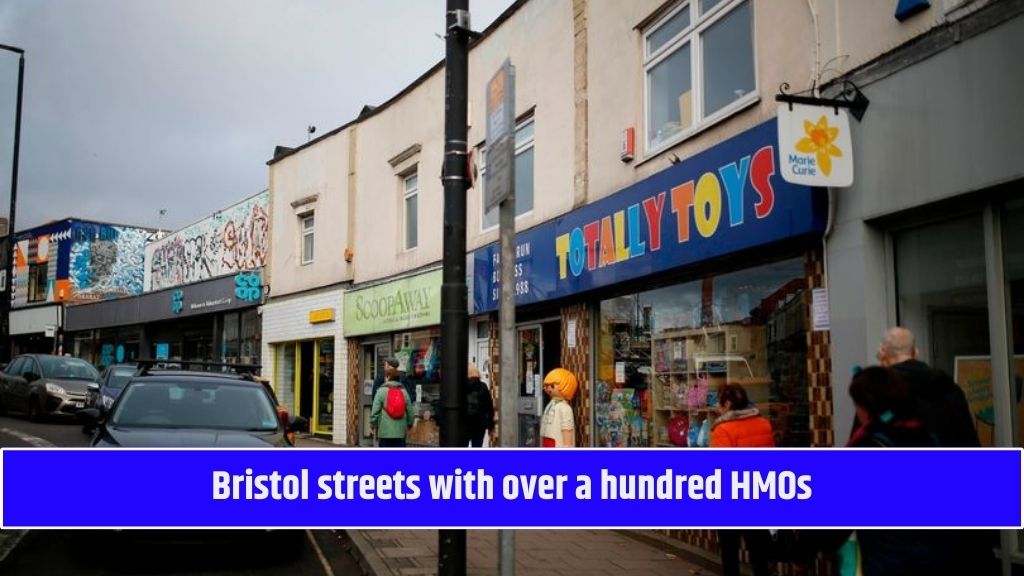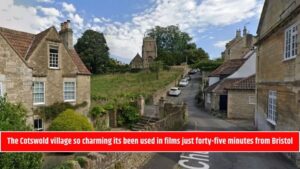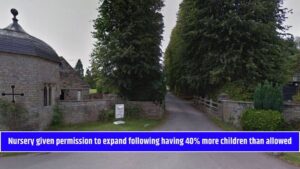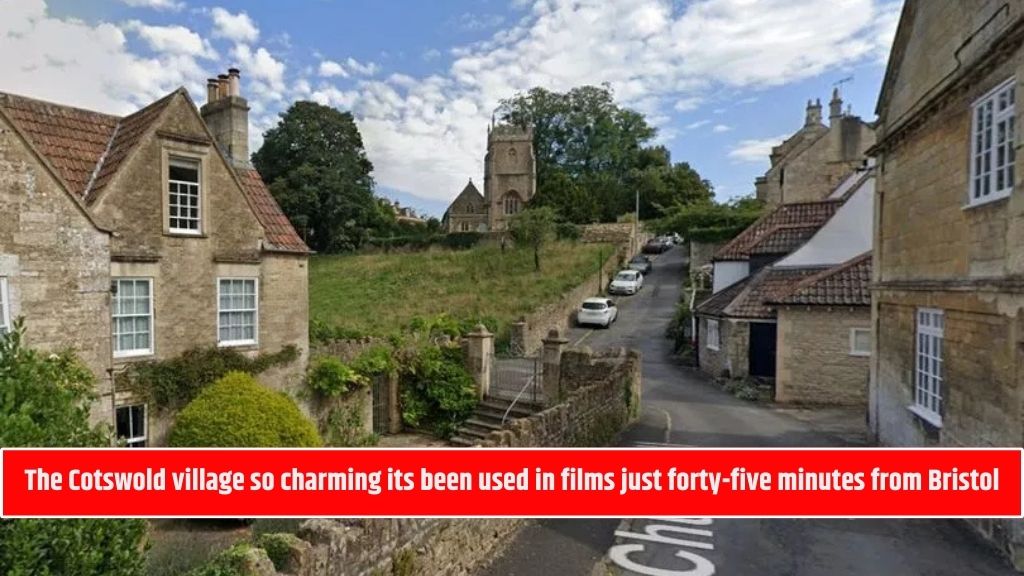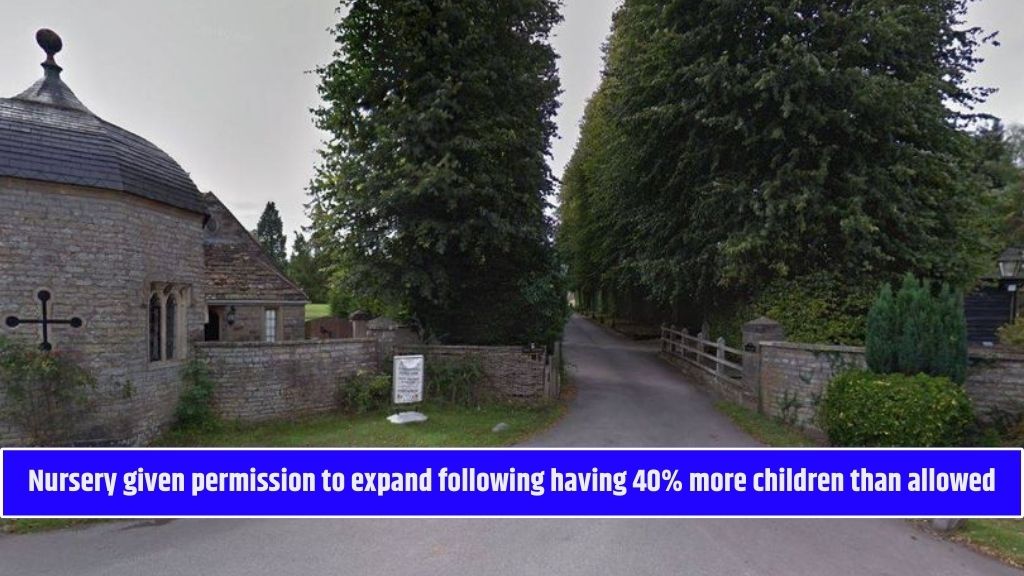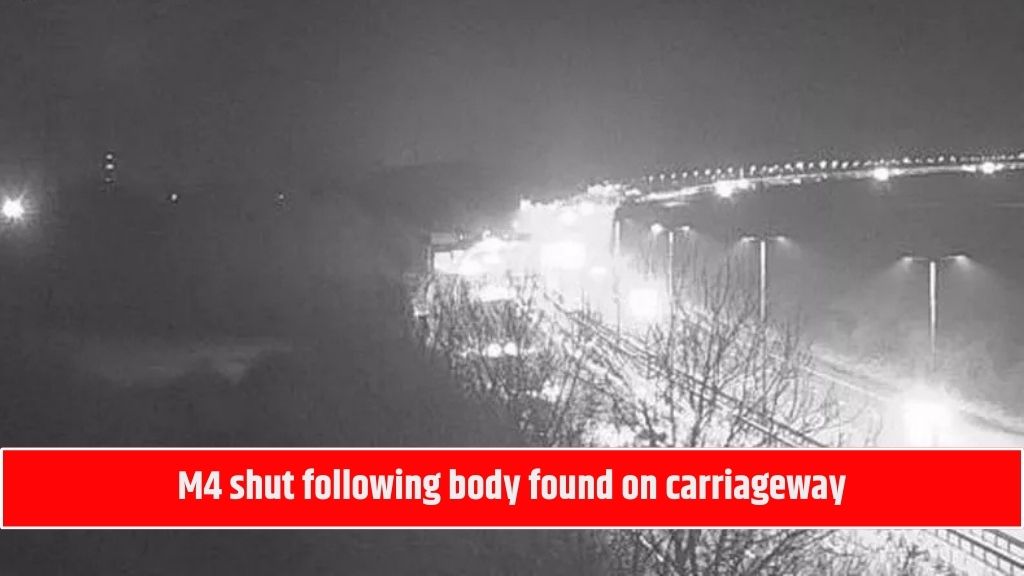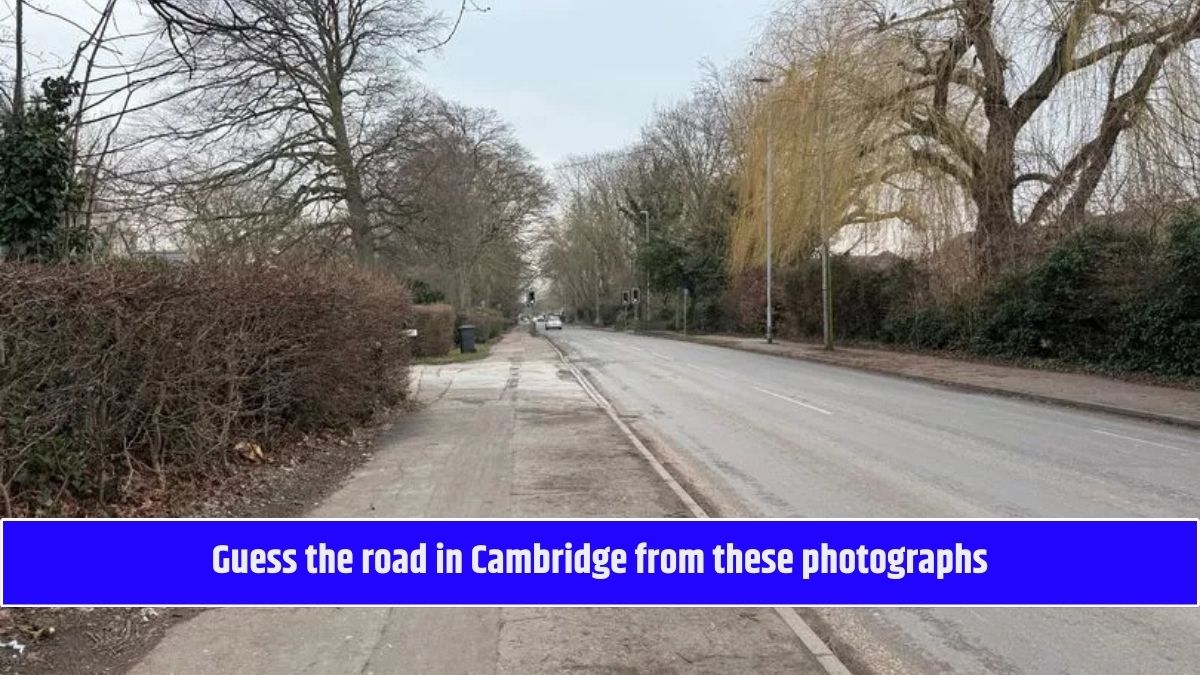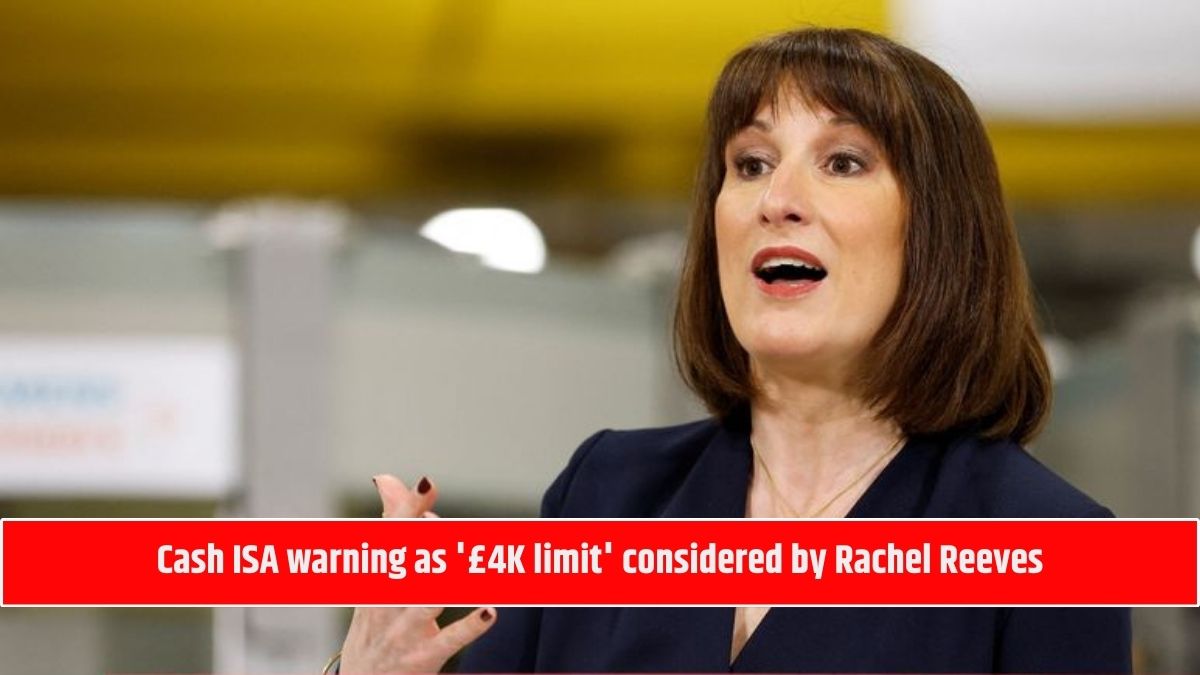Bristol is seeing a sharp rise in Houses in Multiple Occupation (HMOs), with four streets now hosting more than 100 HMOs each. According to newly released council data obtained via a Freedom of Information request, this is the first time multiple streets in the city have crossed the 100-HMO mark.
Which Streets Have the Most HMOs?
At the top of the list is Gloucester Road, which remains the street with the highest number of HMOs in Bristol, reaching 165 shared houses. Fishponds Road follows, experiencing a 24% increase in just one year, rising from 87 to 108 HMOs.
For the first time, Whiteladies Road has also surpassed 100, reaching 102 HMOs, while Filton Avenue has hit exactly 100. These areas are popular with students and young professionals, contributing to the rise in shared housing.
Here is the full list of Bristol’s top 19 streets with the most HMOs:
| Rank | Street Name | Area | Number of HMOs |
|---|---|---|---|
| 1 | Gloucester Road | Redland, Horfield, Bishopston & Ashley Down | 165 |
| 2 | Fishponds Road | Eastville/Frome Vale | 108 |
| 3 | Whiteladies Road | Central/Clifton Down | 102 |
| 4 | Filton Avenue | Horfield, Bishopston & Ashley Down | 100 |
| 5 | High Kingsdown | Cotham | 82 |
| 6 | Ashley Down Road | Bishopston & Ashley Down | 82 |
| 7 | Pembroke Road | Clifton/Clifton Down | 62 |
| 8 | Queens Road | Clifton/Central | 62 |
| 9 | Wilder Street | Ashley | 58 |
| 10 | Cromwell Road | Ashley | 54 |
| 11 | Tyndalls Park Road | Central/Clifton Down | 52 |
| 12 | St Michaels Hill | Central/Clifton Down | 51 |
| 13 | Park Street | Hotwells, Harbourside & Central | 49 |
| 14 | Baldwin Street | Central | 47 |
| 15 | Cheltenham Road | Cotham, Ashley | 47 |
| 16 | Toronto Road | Horfield, Bishopston & Ashley Down | 46 |
| 17 | Stapleton Road | Easton & Lawrence Hill | 46 |
| 18 | Coronation Road | Southville | 43 |
| 19 | Southmead Road | Southmead/Horfield | 41 |
What is an HMO and Why Are They Increasing?
A House in Multiple Occupation (HMO) is a rented property shared by three or more people from different households, typically students and young professionals. These homes are often popular in areas close to universities, business districts, and transport links.
Bristol’s rising housing costs and increasing student population have fueled HMO growth. Cotham remains the most densely populated HMO area, with nearly 25% of homes classified as HMOs in 2022.
Bristol City Council’s Response
To ensure safe and regulated housing, the Bristol City Council conducted:
- 3,397 inspections of HMO properties between 2023 and 2024.
- 6,307 enforcement actions against landlords failing to meet standards.
- 1,000+ informal improvement notices issued.
- 142 formal notices served.
- 18 financial penalty notices given to non-compliant landlords.
Impact on Communities
The concentration of HMOs can bring both benefits and challenges:
Pros:
More affordable rental options for young professionals and students.
Efficient use of housing in high-demand areas.
Increased business for local shops, cafes, and services.
Cons:
Noise complaints and community disruption.
Higher parking demand and limited space.
Strain on local services and waste management.
What’s Next?
With HMO numbers rising, Bristol City Council may tighten regulations to control further expansion, ensuring balance between affordable housing and maintaining community harmony.
If you live in an area with many HMOs, keep an eye out for potential policy changes, landlord regulations, and new housing developments that could impact your neighborhood.
| Visit for More News and Updates | WSOA NEWS |
